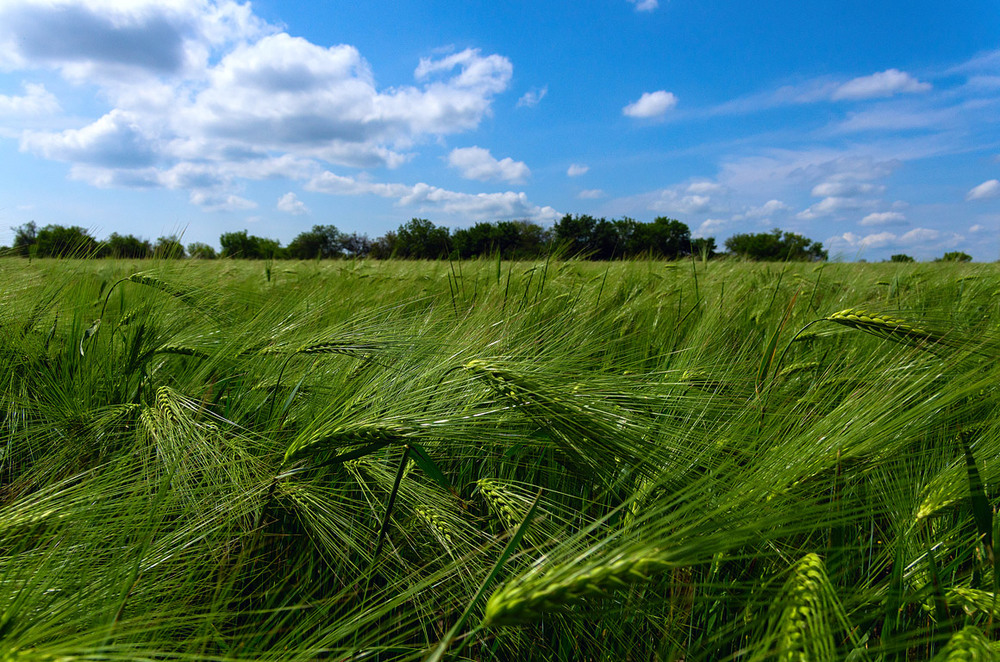Embrapa Promotes Wheat in the Cerrado Regions of Central Brazil

The one major crop in Brazil for which the country is not self-sufficient is wheat, but that may change in the future. The Brazilian agricultural research service, Embrapa, has been developing new wheat varieties specifically for the cerrado regions of central Brazil and researchers believe the road to self-sufficiency in wheat goes through the cerrado region.
Embrapa has recently released two new wheat varieties for production in the cerrado region. Variety BRS 264 is a high yielding early maturing wheat developed for irrigated production. Variety BRS 404 was developed for dryland production and has a greater tolerance for drought and wheat blast. BRS 264 set a record for the world’s highest wheat yield in 2021.
Currently, Brazil produces about half of its domestic wheat needs with the remainder imported from Argentina and Uruguay. Conab is estimating that Brazil will produce 8.13 million tons of wheat in 2022 and the country will import 6.50 million tons.
Traditionally, southern Brazil produces about 90% of the wheat in Brazil. The state of Rio Grande do Sul is expected to produce 3.75 million tons in 2022 with Parana producing 3.29 million tons. Combined, these two states produce approximately 87% of Brazil’s wheat.
Wheat acreage in southern Brazil is generally maxed out, so future expansion of wheat acreage will be in the cerrado regions. Currently, there are 250,000 hectares of wheat in central Brazil and that is expected to increase to 350,000 hectares by 2025 (865,000 acres). With that increase, central Brazil could produce as much as 300,000 tons of wheat in 2025. Eventually, researchers believe there could be a much as 3,000,000 hectares of wheat in central Brazil (7.4 million acres), which would be about equal to the acreage in southern Brazil.
The cerrado region of central Brazil has six months of abundant rainfall and six months of dry weather. Temperatures are warm during the dry season; the problem is a lack of water. That could be solved through irrigation and the proper management of the wheat.
The wheat would be planted after soybeans are harvested and if farmers would plant early maturing soybeans as soon as they are allowed to plant, the wheat could be planted as soon as January. That would afford the wheat 2-3 months of rainfall before the dry season takes hold. The wheat would then mature during the dry season and be harvested in August.
Harvesting the wheat during the dry season would help preserve the quality of the wheat. A persistent problem with wheat grown in southern Brazil is the potential for heavy rains at the time of harvest in October and November, which often results in poor quality wheat.
Wheat harvested in August would enter the market two months before the wheat from southern Brazil, which could result in a price premium. Additionally, millers in central Brazil would be willing to pay a premium for high quality wheat instead of shouldering the cost of transporting wheat/flour from southern Brazil.
Read also
Wheat in Southern Brazil Impacted by Dry Weather and Frosts
Oilseed Industry. Leaders and Strategies in the Times of a Great Change
Black Sea & Danube Region: Oilseed and Vegoil Markets Within Ongoing Transfor...
Serbia. The drought will cause extremely high losses for farmers this year
2023/24 Safrinha Corn in Brazil 91% Harvested
Write to us
Our manager will contact you soon



